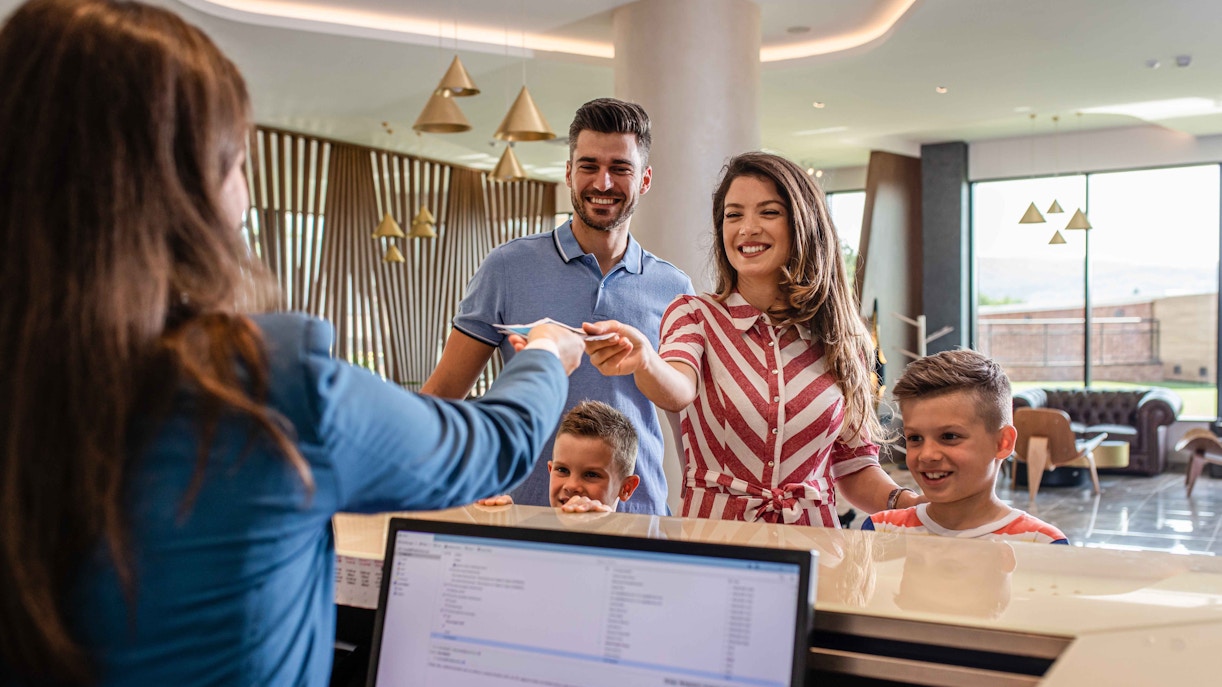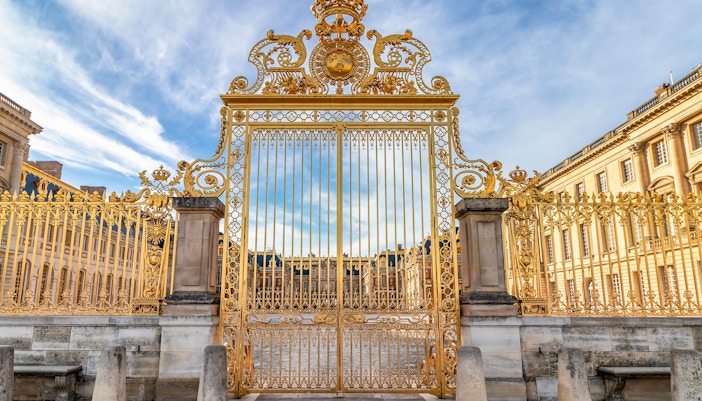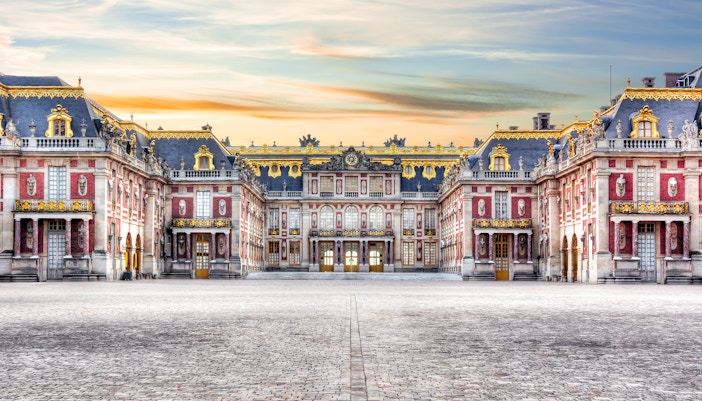Versailles is a World Heritage Site designated by UNESCO. It is a commune and the capital of the Yvelines département in the Île-de-France region. The city of Versailles is known worldwide for its palace, Château de Versaille, and gardens of Versailles.
Versailles is located just 14 miles southwest of Paris and is a wealthy suburb with a service-based economy. As a major tourist destination and a historical site, Versailles was the glorious entre of the Kingdom of France and then went on to become the cradle of the French revolution. The landscape of Versailles, to this day, represents the Absolute Monarchy of the kingdom of France and the seat of power associated with the reign of Louis XIV.
The etymology of Versailles can be attributed to the Latin word versare *which means ‘to keep turning’ or ‘to repeatedly turn over’, an expression for ploughed and cleared lands, and the French formation of *semailles which means ‘sowing’ or ‘sown seeds.’



































